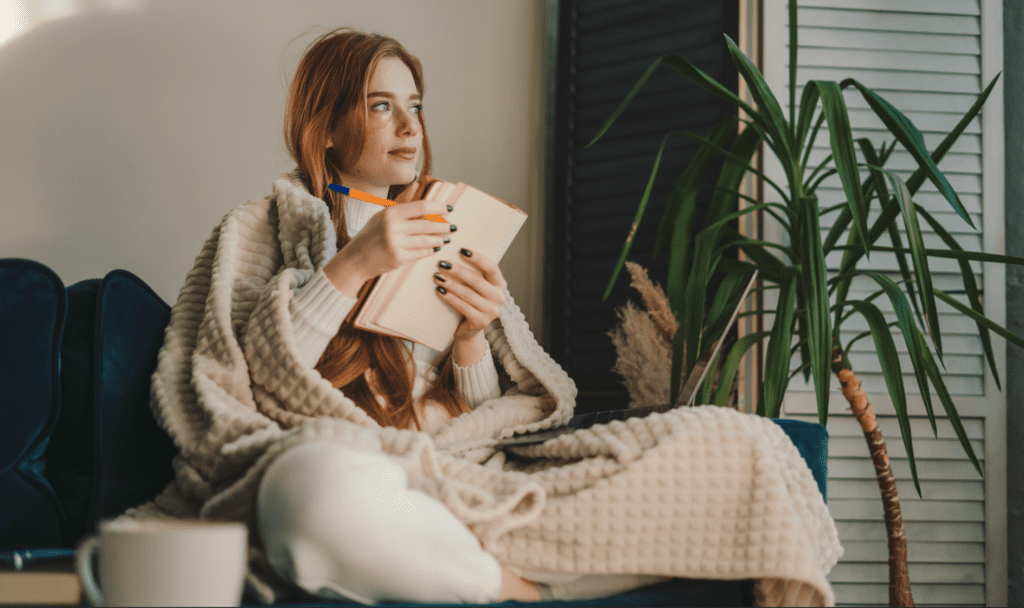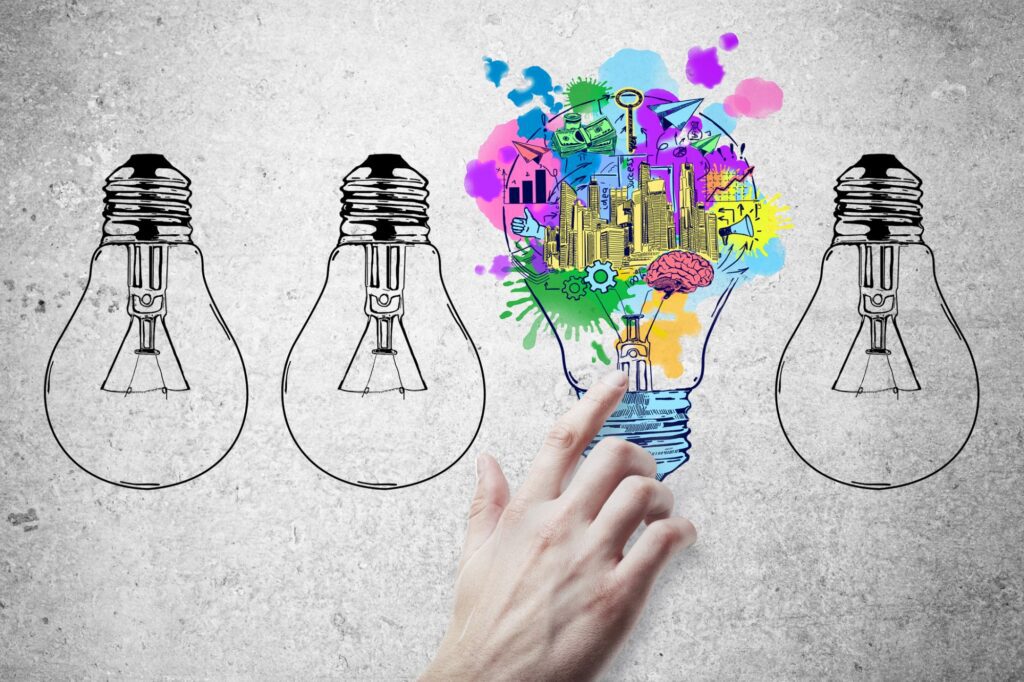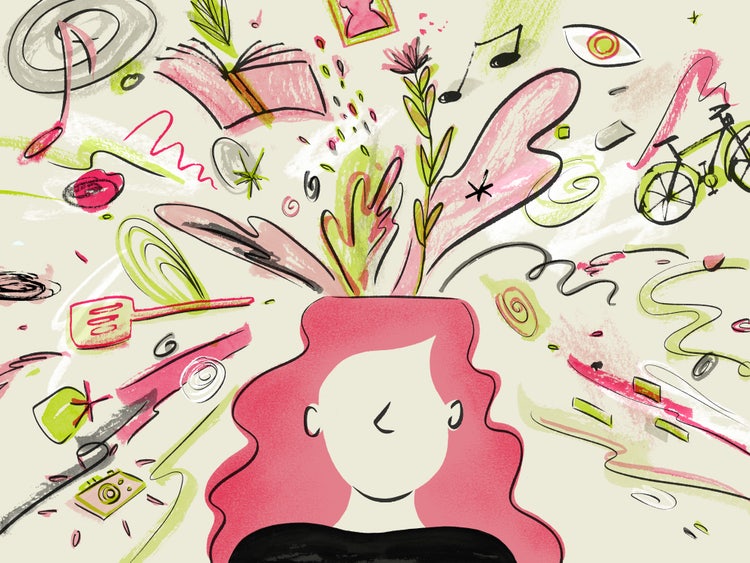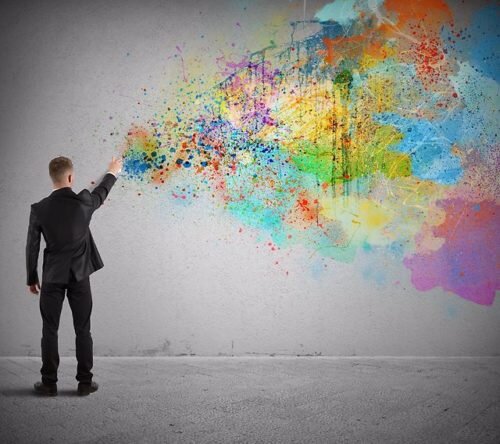
In creativity, the desire for authenticity and originality has always been valued. Whether it’s artists, writers, musicians, or designers, the drive to produce something unique is the ideal. But is true originality attainable? In this era of endless inspiration and information, are there any unexplored ideas waiting to be discovered? In this article, we will investigate the concept of authenticity and consider whether creatives can escape external influences to craft something entirely new. We’ll look at how different artistic disciplines have faced this dilemma and discuss the hurdles and possibilities that come with the pursuit to achieve originality. (Estimated reading time: 12 minutes)
“You were born an original. Don’t die a copy.”
– John Mason
I often find myself questioning whether genuine originality still exists. Creativity usually involves drawing inspiration from others. Whether in fashion or technology, imitation is the standard practice. This trend is also common in personal development and self-help circles.
As a content creator who has explored over two hundred books on these subjects, I’ve noticed that many experts and influencers tend to recycle ideas, presenting their take on common topics explored since we began our quest to understand human behavior and motivation. I admit, I do this too.
But why do certain works capture attention while others fade into the background? If we’re all drawing inspiration from others, what makes some ideas stand out as original or achieve unique status?
The other day, I came across a post on my Instagram Feed featuring a review of Mel Robbins’ latest book, “Let Them.” This bestselling title is everywhere, from bookstore displays to podcast discussions, but I learned that Robbins has faced allegations of plagiarism for using the phrase ‘Let them’ because of its previous use by another author.
The phrase “Let Them” highlights the understanding that we can’t control everything. It stresses the value of allowing people to be themselves, embracing circumstances as they come, and focusing on what you can actually influence.
Writer Sage Justice points out in her Thread that the phrase ‘Let Them’ originated in a poem by Cassie Phillips. This poem sparked a viral movement as people shared and discussed their personal stories. However, Robbins dismisses Cassie’s contribution, claiming that the concept is rooted in ancient wisdom.
As I delved further into this situation, I felt a growing quiet indignation. It’s one thing to draw inspiration from someone’s work and contribute to a movement, but it’s another thing entirely to take ownership of and profit from it, especially when you know your large following and influential connections can overshadow the original creator. Acknowledging the source of our inspiration is crucial, as it shows respect and consideration for the original creator’s work.
I know people who have found value in Robbins’ posts. I don’t want to diminish those experiences. However, it feels important to raise awareness so people can make informed decisions about engaging with her book and its supporting materials.
I also want people to understand that while there isn’t anything new under the sun, there’s a fine line between finding inspiration in others’ work and outright copying them. By acknowledging this, you can embrace your unique voice, cultivate self-expression, and focus on sourcing inspiration from your experiences and views. Your unique perspective is a valuable contribution to the creative landscape.
Creativity is not solely about producing something new but expressing ourselves sincerely to find freedom and joy in our work. In a world saturated with ideas and inspiration, the most valuable contribution you can make is sharing your story, perspective, and voice and achieve originality.
The myth of originality: Is anything truly original?

In the rich landscape of human creativity, the idea of originality often shines brightly, enticing many to pursue it. However, as we explore the history of art, literature, and innovation, it becomes clear that complete originality is more of a myth than a fact. From ancient cave paintings to contemporary digital art, every form of artistic expression draws inspiration from past influences, ideas, and culture.
An artist’s unique cultural background often shapes their originality, adding a layer of diversity to the creative landscape. This leads us to a thought-provoking question: is anything truly original, or are we merely reinterpreting existing concepts in fresh ways?
Artists and intellectuals have always looked to the past for inspiration, reshaping and rethinking ideas to reflect their journeys. A great example is the Impressionist movement, which reacted against the rigid rules of earlier, more traditional art forms. This movement, deeply rooted in historical influences, brought forth new techniques and viewpoints and built upon the deep traditions of previous artistic endeavors.
In music, we see a similar trend where genres develop by blending elements from different styles, resulting in unique sounds that, although new, are deeply connected to their historical origins.
The current digital age adds complexity to the discussion of originality, as we are part of a global creative community surrounded by a deluge of information and inspiration from around the world. Social media and online galleries enable artists to share and access an immense variety of content, resulting in a rich blend of styles, concepts, and methods. This interconnected environment encourages collaboration and sparks innovation, but also makes it difficult to define what originality truly means.
As we delve into the essence of creativity, we must acknowledge that even as we seek to be unique, the influences we encounter are intricately woven into the core of our artistic pursuits. It’s okay to grapple with the concept of originality as it’s complex and ever-evolving.
Understanding creativity: how the world around us influences ideas
Creativity does not exist in a vacuum; it’s an evolving journey shaped by countless influences such as culture, environment, experience, societal trends, and technology. The digital age has revolutionized how we create and consume art, influencing the tools and mediums we use.
Creative people are molded by their surroundings, taking in information, emotions, and viewpoints that enrich their work. This interplay between the outside world and individual insight, including the influence of technology, is what makes creativity such a fascinating and intricate experience.
Consider a painter who finds inspiration in the landscapes from their youth or a writer who taps into current events or social challenges. These individuals, like you, are part of a larger creative community, each contributing their unique blend of personal experiences and outside influences to birth fresh ideas. This collaborative essence of creativity, where influence is not a barrier but an essential element, enables individuals like you to forge a stronger connection with your audience.
In today’s globalized world, exposure to various cultures and viewpoints has expanded the possibilities for creative expression. Artists can find inspiration from a wide array of sources, blending different styles and concepts from various traditions to achieve originality. This exchange of ideas enhances the creative environment and sparks conversations about what originality truly means.
As we explore this intricate network of influences, we realize that creativity often involves reinterpreting and reshaping existing ideas. This process of reshaping involves adding a personal touch, a unique perspective, or a new context to existing ideas, thereby creating something meaningful and original.
The role of inspiration: How to find and use inspiration in a creative process

Inspiration is often heralded as the catalyst that sparks creativity. It’s that fleeting moment when an idea comes into focus, resulting in a wave of imaginative energy. Yet, discovering inspiration can be challenging, as it often appears when least expected.
To make the most of inspiration, creatives should cultivate an environment that promotes exploration and receptiveness to fresh experiences. This might include pursuing new sources of inspiration, like traveling, reading, or collaborating with fellow artists to feel more connected and supported in their creative journey.
An effective way to find inspiration is to keep a creative journal. Jotting down your thoughts, sketches, or ideas can help you catch those brief flashes of creativity. This habit promotes reflection and empowers you to revisit your thoughts later, often sparking new insights and connections. By consistently engaging with your ideas, you can build a valuable collection of inspiration to tap into whenever needed.
Embracing the mundane aspects of life can also lead to unexpected sources of inspiration. The everyday experiences, interactions, and observations we encounter daily can be a goldmine of ideas just waiting to be uncovered.
By shifting our perspective from seeking out monumental moments of inspiration to valuing the details of everyday life, like the unique way a barista makes your coffee or the rhythm of your daily commute, creatives can uncover distinctive viewpoints and stories that truly connect with their audience. This mindset enhances the creative journey and nurtures authenticity, as the resulting work mirrors real experiences and emotions.
Embracing influence: the power of building upon existing ideas to achieve originality
Seeing influence not as a constraint but as a liberating force can unlock new avenues for creativity. Every artist benefits from the insights and expressions of those before them. Expanding on established concepts is both instinctive and crucial for the growth of art and ideas. Whether reimagining classic tunes or giving new life to beloved tales, blending and reshaping influences can help you achieve originality.
The idea of intertextuality, a rich tapestry of how texts relate to and reference each other, highlights the depth of literary connections. Authors frequently honor their literary forebears by incorporating allusions or stylistic elements that foster a conversation with earlier works. This interaction enriches the story and encourages readers to connect with the text in various ways.
By recognizing and embracing these influences, creators can establish a sense of continuity, enabling audiences to appreciate both the innovative and the recognizable in their work.
Collaboration with fellow artists can amplify the transformative power of influence. When people from diverse backgrounds and fields come together, they combine their distinct viewpoints, resulting in groundbreaking results.
These partnerships often foster an environment ripe for new ideas, motivating everyone involved to challenge limits and venture into unexplored areas of their creativity. By welcoming influence, we can achieve originality, showcasing how the fusion of concepts can create something new and exciting.
Authenticity vs. originality: exploring the difference
To understand the true essence of creativity, it’s essential to differentiate between authenticity and originality.
Originality is about the new and unique, but authenticity is about the personal and heartfelt. An artist can create something entirely original, but it may not resonate with viewers if it lacks that personal touch. On the other hand, a piece that builds on existing ideas can still be deeply authentic if it reflects the creator’s viewpoint and style. It’s this personal connection that makes authenticity so powerful, engaging the audience on an emotional level.
Authenticity is not just a component of creativity; it’s the essence that gives it life. When personal experiences, emotions, and intentions converge, authenticity emerges. Artists who infuse their own narratives and truths into their creations forge a bond with their audience that transcends mere originality.
This connection underscores that creativity isn’t just about inventing something entirely new; it’s about revealing one’s true self and experiences. This revelation is what inspires and motivates both the creator and the audience.
In a world where pursuing originality can be daunting, embracing authenticity is a refreshing choice. It allows artists to connect more deeply with their audience by sharing their unique stories and emotional insights. This shift in perspective not only celebrates diverse voices and experiences but also enriches the creative world. It’s a collective effort that pushes back against the narrow definitions of originality that often dominate discussions about artistic expression.
How to infuse your unique perspective into your work

Personal expression is a powerful tool of creativity, enabling individuals to share their thoughts, emotions, and experiences in a way that resonates with others. This act of self-expression is not just therapeutic; it’s a bridge that connects artists with their audience, allowing them to articulate complex feelings and concepts that others can relate to.
By infusing their unique perspectives into their creations, artists can create a sense of authenticity that captures the hearts and minds of their audiences and fosters a deeper sense of connection and understanding.
Embracing vulnerability is a crucial step for artists to nurture their personal expression. While sharing their experiences, fears, and passions can be daunting, this raw honesty often resonates deeply with others.
By being open and vulnerable, artists invite their audiences into their unique worlds, creating a bond that goes beyond the surface. This bond can spark meaningful conversations and reflections, transforming the artwork into a collective experience rather than just a finished product.
Experimenting with various techniques and mediums is a key strategy for creatives to find their authentic voice. By exploring different forms of expression—painting, writing, music, or performance—artists can uncover fresh methods to share their ideas. This journey of exploration leads to growth and transformation, encouraging personal expression to thrive as individuals identify the tools that resonate with their unique perspectives.
Ultimately, the path of personal expression is a continual journey that invites you to a world of endless discovery and reinvention to achieve originality.
Nurturing authenticity: How to create an environment that fosters genuine creativity
Creating an environment that nurtures authenticity is vital for any creative endeavor. This environment should encourage experimentation, exploration, and openness to new ideas. Here are three things you can do to enhance your creative experience.
1. Establish a dedicated creative space.
Creating an environment that encourages authentic expression is essential, whether in a personal studio, a community area, or an online platform. This space should embody your unique style and preferences, acting as a haven for inspiration and creativity.
Adding joyful elements like vibrant colors, interesting textures, and meaningful objects can foster a sense of comfort and spark creativity. Maintaining an organized and tidy space can reduce distractions, enabling you to concentrate on your creative endeavors and feel inspired and motivated.
2. Foster a culture of openness and acceptance among peers.
Encouraging a culture of positive feedback and recognizing each other’s achievements can help build a supportive community that values authenticity. This environment motivates individuals to take chances without worrying about being judged, allowing them to fully tap into their creative abilities. By emphasizing authenticity in personal and group contexts, creatives can develop a thriving space promoting true artistic expression, making everyone feel valued and appreciated.
3. Overcoming creative blocks.
Creative blocks are a common challenge faced by many artists, and overcoming these obstacles is crucial to accessing authentic creativity. Here are some ways to do it, empowering you and boosting your confidence:
- Establish a routine that supports your creativity: You can include consistent activities like journaling, drawing, or spontaneous writing. These practices can help silence your inner critic and let your ideas emerge naturally.
- Transform your workspace: A new environment offers fresh insights and stimulates innovative thought. Whether you work in a café, a park, or an art studio, changing your surroundings can help shake off the routine and boost your creativity. Plus, connecting with nature or exploring diverse cultures can be a fantastic way to overcome creative blocks and reignite your imagination.
- Connect with fellow creatives: This can provide motivation and support when facing difficulties. Working together, participating in workshops, or exchanging experiences can spark fresh ideas and encourage risk. By nurturing a sense of community and teamwork, artists can overcome creative hurdles and achieve originality by enabling their true voices to emerge.
In the quest for authenticity and to achieve originality, it’s a must to recognize the gift of your unique voice. The journey involves navigating the complexities of influence, personal experience, and the pressures of the modern creative landscape. You can find freedom and joy in your work by understanding that creativity is not solely about producing something new but about expressing yourself. In a world saturated with ideas and inspiration, the most valuable contribution you can make is sharing your story, perspective, and voice.
All my best on your journey,
Seline

Questions for you: Do you think that creatives can truly achieve originality? How do you define originality, and how do you incorporate that into your work?
Did you like this post? Sign up below, and I’ll send you more awesome posts like this every week.

Have Your Say